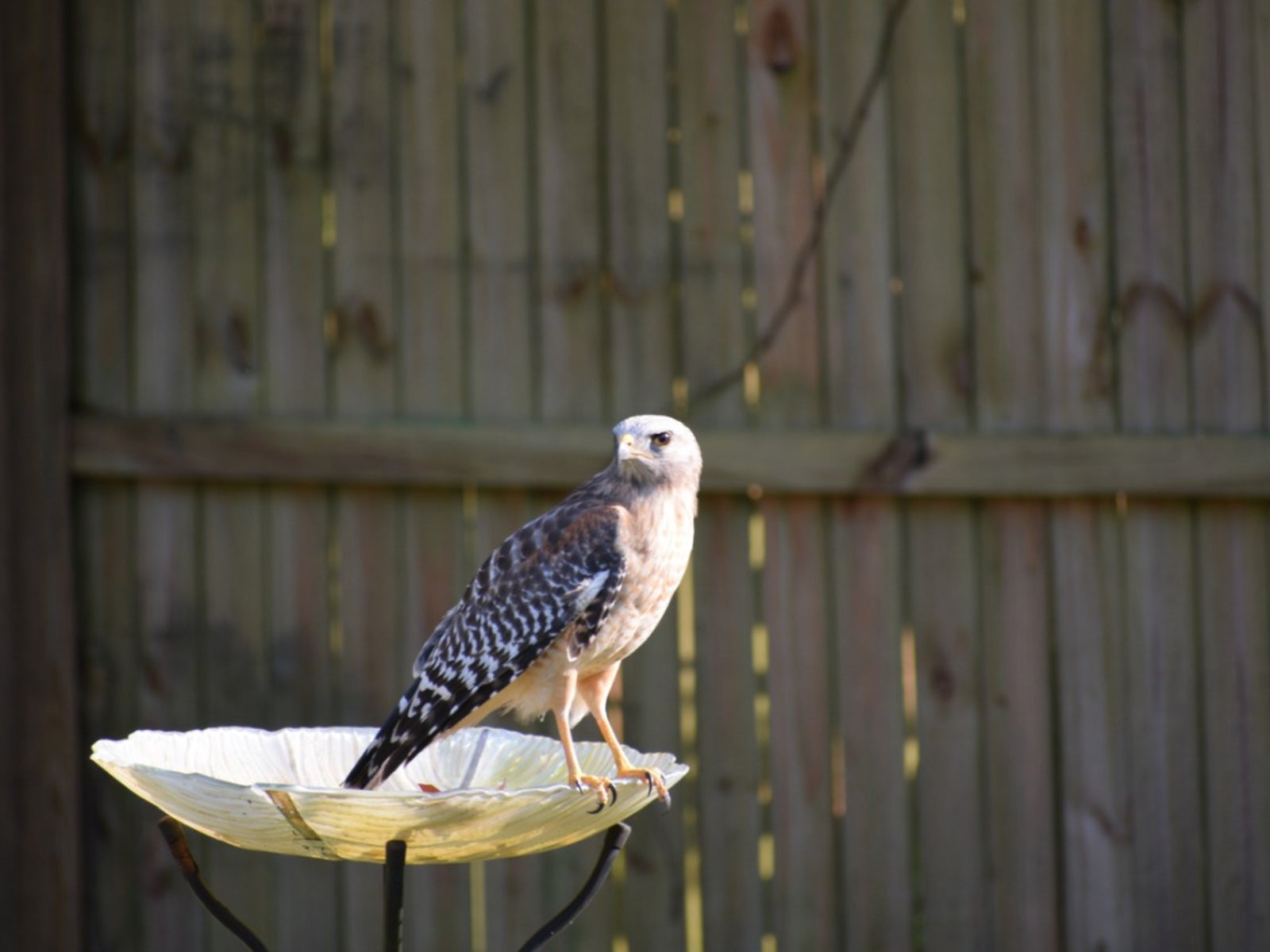Common Garden Birds Of Prey: Attracting Birds Of Prey To Gardens


Bird watching is a naturally fun hobby, allowing the hobbyist to view a variety of beautiful and unique animals. Most gardeners set out feeders to attract songbirds and migrating species to their garden. Birds of prey in the garden are not as common, but they may show up when their food source is so easily available. They can be valuable as a control against the rodents that inevitably show up to scavenge dropped seed or patronize your vegetable and fruit plants too. Attracting birds of prey to gardens requires you to make an attractive habitat for the predators. Discover how to attract birds of prey and protect your yard from rodents and invading pests.
Attracting Birds of Prey to Gardens
The presence of birds of prey in the garden is a mixed blessing. They can make excellent rodent controls but they also tend to eat the little songbirds that enliven the garden. There are a wide variety of predatory birds depending upon where you live. You may even be fortunate enough to spot the nation's bird, the bald eagle. The species in your area will be familiar with the local prey and will readily come to any area where their main food source is plentiful. That means if you have a rodent problem, the hunters will come. You can encourage them to stay by providing nesting zones, tree cover and perches, water, and by keeping dogs and noisy people out of the area. Using birds of prey as pest control is not a precise method, but it is definitely organic and natural and will give you a fascinating animal to watch.
Common Garden Birds of Prey
The type of birds available as pest control will vary due to climate and environment:
- Near water you are likely to see osprey and eagles.
- In open pastures and fields you can see kestrels and hawks.
- Thickly wooded regions host owls and sharpies.
- Sparrow hawks are common in many garden settings.
Your local raptors will become regular visitors if there is a complementary environment in your garden. The native birds are not the only ones you can attract. Migratory predatory birds are also irregular visitors to the area and may be coaxed to snack in your yard. Attracting birds of prey to gardens may be helpful in controlling errant rodent populations, but keep in mind they don't only eat rats. The birds will also take chipmunks, rabbits, and squirrels as well as other rodents. Be prepared for the sight of cuter animals as prey as well as annoying rats and mice. Common garden birds of prey will not differentiate between wild prey and your pet rabbit, so use caution if you have a bunny hutch outside.
How to Attract Birds of Prey
Predatory birds need plentiful live prey, water, and nesting or roosting spaces. The first requirement is satisfied if you have a rodent problem and it is easy to set out water if you are not near a natural water source. Letting grass grow up or allowing a field to naturalize will provide cover to rodents in open areas. Keep these areas mowed so the raptors can easily spot their prey. In wooded spaces, the trees will provide both hunting cover and roosting spaces for the birds, but those that hunt in open spaces may need a little help. You can build a combination perch and nesting box so the birds are encouraged to not only hunt near you but breed near you as well. These are usually tall posts with horizontal struts and a wooden box for nesting babies. Keep the area as natural and inviting as possible when using birds of prey as pest control.
Sign up for the Gardening Know How newsletter today and receive a free copy of our e-book "How to Grow Delicious Tomatoes".

Bonnie Grant is a professional landscaper with a Certification in Urban Gardening. She has been gardening and writing for 15 years. A former professional chef, she has a passion for edible landscaping.